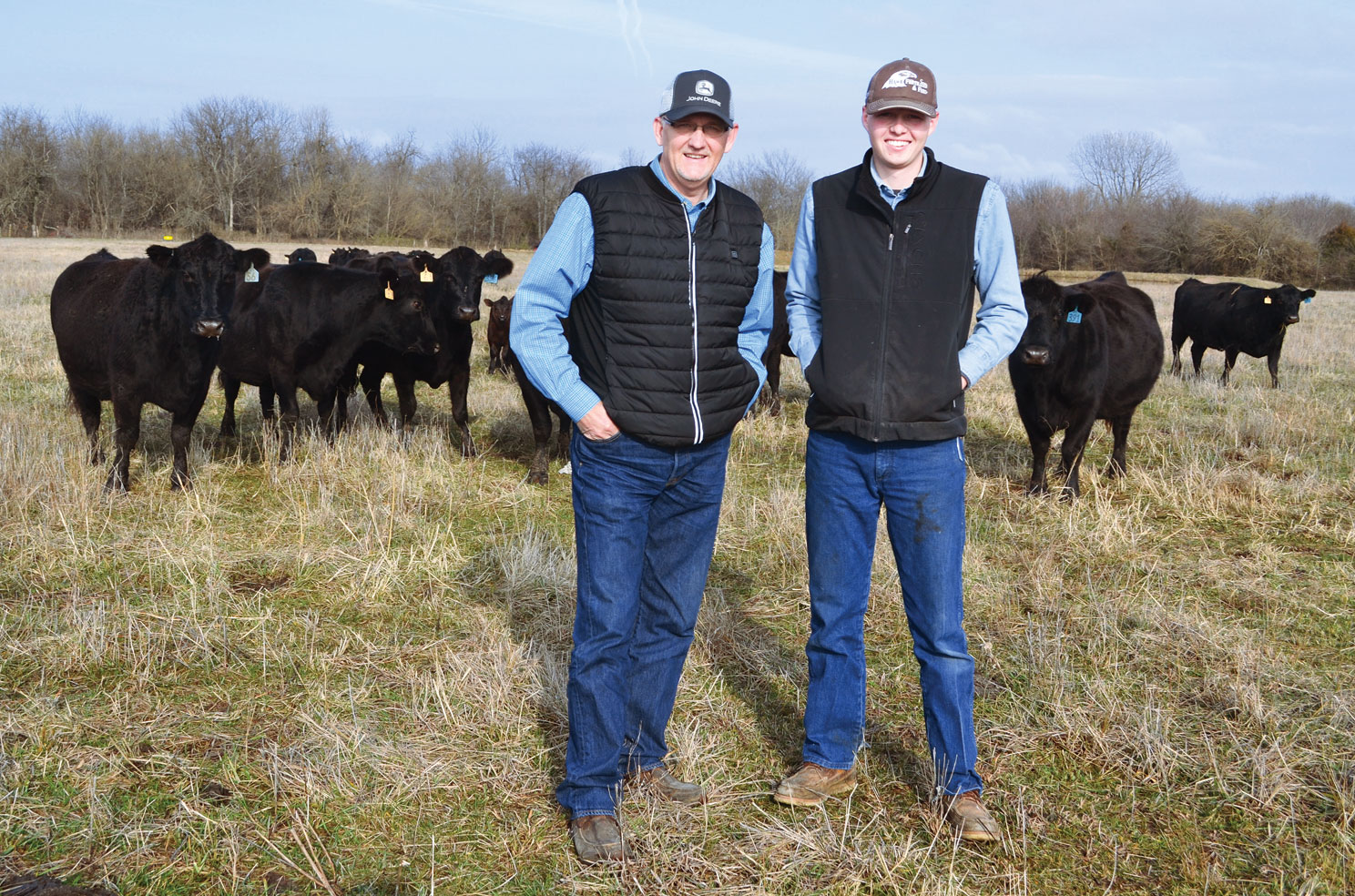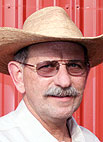
After busy careers, the Ernsts find harmony at their Heritage Farm
Barbie Ernst and her husband, Fred, settled in Douglas County, outside Ava, Mo., in 1997 after Barbies’ career in emergency services, and related educational work in various southwest Missouri counties, including Dallas and Laclede.
For the past decade, Barbie has been raising Shetland sheep on their Heritage Farm there.
“I did a lot of research before I started,” she explained. “I researched all the breeds and made lots of contacts so I could glean all I could. Everyone was very hospitable and helpful, and then I went to Humansville, Mo., and met the best mentor ever. I fell in love with the Shetlands as soon as I saw them and now I work to be a mentor to others.”
Without a doubt, raising sheep is not an uncomplicated undertaking in the Ozarks, but Barbie enjoys every aspect of being a shepherdess.
Through her research, Barbie learned that Shetlands were once an endangered species and are still watched, meaning they are still a species in danger to some extent. They have only been raised in the U.S. for the last 40 years. She runs a closed flock in that she does not bring in animals from other places and in this way helps to protect the health of her herd. She raises her own replacement animals.
“The Shetlands have retained their hardiness and they are easy keepers,” Barbie explained, adding that she only has to take time out once a year for major health concerns such as immunizations, parasite prevention and other livestock health issues.
“We generally have the shearers in here from Texas A & M each fall and we have a big workshop, talking about sheep, goats, alpacas and other small ruminants. People come from all over the state and we have a big meal and a great time,” Barbie said.
Shetland wool comes in one of the widest ranges of colors of any breed. Besides the white, the sheep produce several shades of wool. There are 11 main colors and 30 markings in the breed. Some colors are rarer than others, which results in some colors fetching more at market. Shetland wool has a Bradford count usually in the upper 50s to lower 60s and a fiber diameter range of 20 -25 microns. Fleeces usually weigh between 2 and 4 pounds, and have a staple length of 2 to 4.5 inches.
“I sheer once a year and I market the wool in various ways,” Barbie said. “I’ve sold it wholesale out-of-state, but then you only get about a third of its value. I’ve also sold it to crafters at Silver Dollar City. One of them came and bought half the fleeces I had one year. She called back a couple of days later and asked if I had any more. Then she bought all of those, too,” Barbie added with a giggle.
“I’ve also sold it on the internet to hand spinners in various states. Some want it washed and some want it raw, just the way it came off the animal. The best fleeces tend to go to the hand spinners but even the scraps are used in a variety of ways, including for insulation and even mulch. Beekeepers use it, too. None of it goes to waste.”
In the past, Barbie has attended Fiber U in Lebanon, Mo., a two-day event centering on the education of all things involving the fiber arts. Fiber U offers workshops and classes for all levels, from beginners to experienced weavers and includes both artisans and vendors.
Barbie enjoyed her experience at Fiber U, but chooses to stay closer to home as she cares for 32 sheep, 18 Nigerian dwarf dairy goats, as well as a rescue horse and a rescue donkey on her 20 acres.
While they are not her main focus, Barbie also raises the Nigerian goats for milk production and for clearing brush around the property.
Last summer, U.S. Rep. Jason Smith Missouri State Rep. Robert Ross and family came to Barbie’s farm to visit and learn more about raising sheep and the production and marketing of wool in the Ozarks.
They toured her operation and asked many questions. Barbie was impressed that Smith had done his homework before arriving and knew the history of Shetland sheep and their contributions to Missouri’s agricultural community and markets.
Barbie also works with local Girl Scouts, 4-H and FFA groups in her community to help educate them about Shetland sheep.
“I get most of my customers by word-of-mouth and repeat customers,” she concluded. “Also through Facebook and other sheep association groups, such as NASSA, the North American Shetland Sheepbreaders Association. This is my real world now.”






